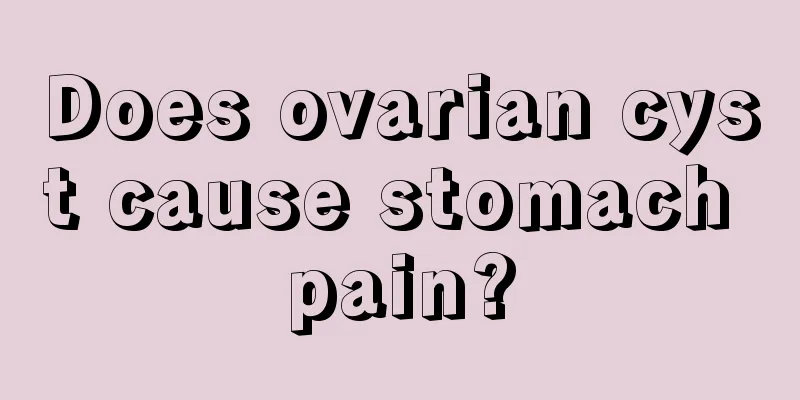Picture of the fetal sac taken out by abortion

|
Terminating a pregnancy by artificial services or drugs in the first three months of pregnancy is called early pregnancy termination, which can also be called abortion surgery. It is used as a preventive measure against accidental pregnancy, and is also used to terminate a pregnancy due to medical reasons that make it unsuitable for pregnancy again, or to prevent congenital malformations or genetic diseases. Abortion can be divided into two types: surgical abortion and medical abortion. Common methods include vacuum aspiration abortion, forceps curettage and medical abortion. Surgery for miscarriage 1. Vacuum aspiration Applicable to uterus within 10 weeks of pregnancy. The method of negative pressure electric suction is mainly used to suck out the early pregnancy materials, namely the gestational sac and decidual tissue, which is called negative pressure aspiration for abortion surgery or simply called negative pressure aspiration. This method was innovated in my country. This surgical treatment is relatively safe and simple, so it is also a common method to stop early pregnancy in clinical medicine. (1) Indications: Pregnancy termination is required within 10 weeks without contraindications; Blood pressure is not suitable for further pregnancy due to some medical or genetic diseases. (2) Contraindications: Acute symptoms of various diseases: subacute myocardial infarction, acute cerebral infarction, acute hepatitis, subacute blood diseases, subacute chronic kidney disease, subacute surgical diseases, etc. Patients with untreated genital inflammation, such as vaginitis, subacute suppurative cervicitis or acute cervicitis, acute and chronic pelvic inflammatory disease, genital tract infection, etc.; patients who cannot place the lithotomy position due to illness or trauma; patients whose general condition is poor and cannot withstand surgery; patients whose body temperature is above 37.5℃ twice before weight-bearing surgery should postpone surgery. 2. Anesthesia and analgesia techniques to perform negative pressure aspiration That is the so-called painless abortion surgery: (1) Indications: Pregnant women who agree to terminate the pregnancy with anesthesia and analgesia within 10 weeks of pregnancy; women who are not suitable for pregnancy again due to certain diseases (including genetic diseases) and agree to terminate the pregnancy with anesthesia and analgesia; women who are contraindicated in non-vacuum aspiration uterine surgery, anesthetics and general anesthesia; women who are rated as I-II according to the American Society of Anaesthesiologists (ASA) preoperative status assessment standards. (2) Contraindications: Patients in the acute stage of various blood diseases; patients with blood genital inflammation who have not been treated; patients in poor physical condition who cannot withstand surgery and anesthesia; patients with contraindications to anesthesia (allergic constitution, allergic asthma, anesthetics and various drug allergies); patients who have not avoided food or drink before full-term surgery; patients who are pregnant for more than 10 weeks or who are expected to have difficulty in surgery. 3. Curettage Anyone who is 10 to 13 weeks pregnant and requires termination of pregnancy or is not suitable for pregnancy due to special circumstances such as illness or other abortion methods have failed. Generally, a combination of forceps and vacuum aspiration is used to terminate pregnancy. The scope of forceps curettage is generally considered to be within 14 weeks. In recent years, due to the clinical application of mifepristone and progesterone, curettage has gradually been replaced by medical abortion. (1) Indications: Women who are 10 to 13 weeks pregnant and require termination of pregnancy or are unsuitable for pregnancy due to special circumstances such as illness; and women who have failed other abortion methods. (2) Contraindications: Acute symptoms of various diseases; Inflammation of the reproductive organs, such as vaginitis, subacute suppurative cervicitis or acute cervicitis, acute and chronic pelvic inflammatory disease, reproductive tract infection, etc., who can undergo surgery after treatment; Those whose general health is not good enough to undergo surgery can consider hospitalization for surgery after improvement; Those whose body temperature is above 37.5℃ twice before weight-bearing surgery. |
<<: Does morning sickness mean the fetus is growing?
>>: Picture of vomiting brown blood during pregnancy
Recommend
At 12 weeks of pregnancy, the lower edge of the placenta covers the internal cervical os
At 12 weeks of pregnancy, the lower segment of th...
Reddish discharge after sex
Marital life should be harmonious and happy, but ...
What is the role of gynecological enema
In today's highly developed material age, the...
How to sleep after cesarean section to improve wound recovery
If you had a caesarean section, you should pay mo...
Agora: 2020 roadshow PPT revealed, with a maximum fundraising of US$360 million and expected to be listed this week
On June 23, 2020, Agora updated its prospectus an...
Will swimming cause gynecological diseases?
Swimming is a very good form of exercise. Althoug...
Breast pain 2 months pregnant
Not only is the ten-month pregnancy an arduous pr...
Why does my back hurt after IUD removal?
Some female friends choose to have an IUD inserte...
Low progesterone and chorionic villus hormone
Progesterone is a progestin that can change the p...
What causes nipple pain after menopause
The most obvious sign of a woman's physical m...
[Medical Q&A] Can varicocele be detected through self-examination?
Planner: Chinese Medical Association Reviewer: Zh...
I am three months pregnant and still vomiting
Pregnancy reactions such as nausea and vomiting s...
How to correctly interpret food labels?
Food labels play a very important role in our dai...
What causes motion sickness in pregnant women?
Many female friends will experience a lot of disc...
Ovarian cysts during ovulation
The disease of ovarian cyst is very unstable. It ...









